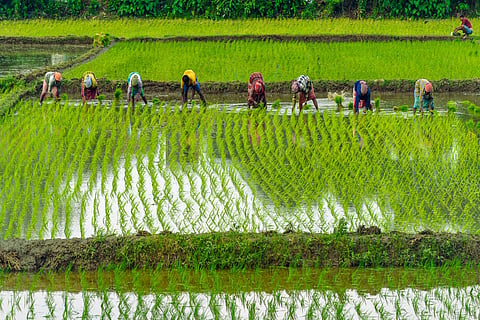Crisis in India’s bread basket
In the run-up to the general elections of 2014, Narendra Modi was hailed across mainstream quarters of journalism and policy-making as the crusader of economic reform and growth in India, a spirit that was only bolstered by the resounding majority the Bharatiya Janata Party (BJP) received. Almost a decade on, the spell has worn off. Contrary to his initial image as the "strongman" who can "unleash" India, Modi's economic interventions can only be described as policy misadventures. Overall, investment in the Indian economy has declined, while foreign capital inflows have increasingly come in the form of short-term private equity or venture capital. While industrial growth has been slow for decades, recent indicators suggest that the country may be actively deindustrialising. After two decades of "jobless growth," a record high unemployment rate suggests that the economy may be actively shedding jobs.
At the same time, agriculture's share in the country's GDP has been steadily declining, exemplified by the state of Punjab, where, between 2020 and 2021, protests erupted around three new farm laws that threatened to unsettle the existing agrarian regime. The mobilisations evoked agricultural land as a lifeline of last resort, a source of protection and security when all other ventures failed. Today, Punjab's political economy is at a crossroads: agriculture is not as stable or profitable as it used to be, and industry is incapable of providing employment and economic diversification.

